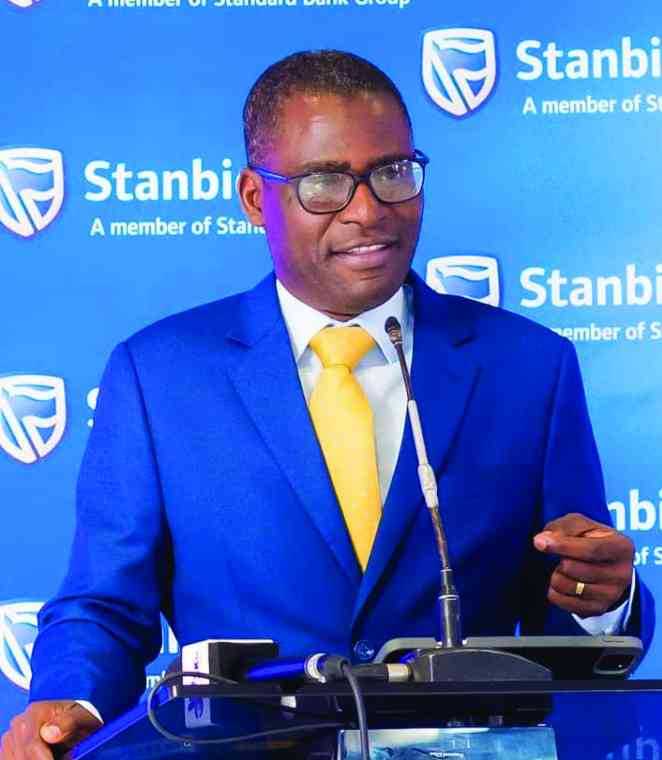
Job evaluation is a systematic process used to determine the relative worth of jobs within an organisation. This process is essential for creating a fair and equitable pay structure, which in turn helps in attracting, retaining, and motivating employees.
By accurately evaluating job roles, human resources (HR) professionals can ensure that compensation is aligned with the job’s responsibilities, complexity and the skills required to perform it.
Step 1: Define purpose, scope
The first step in managing a job evaluation project is to clearly define its purpose and scope. This involves identifying the goals of the evaluation, the jobs to be evaluated and the system to be used.
It is essential to align the job evaluation with the organisation’s strategic objectives and to secure top management’s support for the project.
Most specifically what do you hope to achieve with this project? Common goals include establishing a fair compensation structure, identifying opportunities for career progression, or reorganising the company’s job hierarchy for better efficiency.
Having specific objectives will guide the entire project and help in measuring its success.
Step 2: Select method
- Job evaluation committees: How to make them effective
- Evaluation committee: Is there another way?
- Frequently asked questions about job evaluation
- Job grades: How to go about it
Keep Reading
Various job evaluation methods are available, such as the ranking method, classification method, point factor method, and factor comparison method.
HR professionals must select a method that best fits the organisation's needs and culture. This selection should be based on the method's simplicity, acceptability, and ability to provide reliable results.
The most popular system in Zimbabwe are the Paterson and the Castellion systems.
Step 3: Form a committee
A job evaluation committee composed of representatives from HR, management, and employees can ensure that the process is transparent and fair.
The committee’s responsibilities include overseeing the project, making decisions about evaluation criteria, and addressing any concerns that arise during the process. Training committee members on evaluation techniques and avoiding bias is crucial.
Step 4: Conduct job analysis
Job analysis involves gathering detailed information about each job’s duties, responsibilities, and requirements. This can be done through interviews, questionnaires, observation and job descriptions.
Based on the job analysis, develop comprehensive job descriptions that clearly outline each job’s duties, responsibilities and skills required. These descriptions will serve as a basis for evaluating the jobs and ensuring that evaluations are based on consistent, accurate job information.
Accurate job analysis is essential as it forms the basis for evaluating jobs. If this part is not done well, the whole job evaluation process will go wrong.
Step 5: Select a committee
This committee is made up of people from various functions and level. It should never be a bargaining platform. Members should be chosen predominantly based on the objectivity in the process.
The committee should have very clear terms of reference which also spells out how the committee will reach decisions for example consensus based or aggregation of individual member evaluations. Without clear terms of reference, the committee can create chaos for the organisation.
Step 7: Evaluate jobs
Using the chosen job evaluation method, the committee evaluates each position based on predetermined factors in the manual. In this case it could be the Paterson or the Castellion system. It is important to document the evaluation process and results clearly and consistently.
Once all jobs have been evaluated, a job hierarchy is established, ranking positions from highest to lowest based on their relative worth. This hierarchy serves as the foundation for developing a pay structure that reflects the value of each job.
Step 7: Communicate results
After the job evaluation project is completed, HR professionals should communicate the results to all stakeholders, addressing any concerns or questions.
Implementation may involve adjusting salaries, rewriting job descriptions, or changing reporting relationships. It is important to manage this process carefully to maintain employee trust and morale.
Step 8: Monitor & update
Job evaluation is not a one-time project but an ongoing process. Regularly monitor and review the job structure and compensation system to ensure they remain relevant and competitive. Be prepared to update the evaluation as jobs evolve and as the organisation grows.
Conclusion
Managing a job evaluation project requires careful planning, execution and communication. By following this step-by-step guide, HR professionals can ensure a fair and effective evaluation that supports their organisation’s strategic goals. Although challenges may arise, a well-managed job evaluation project can lead to a more motivated workforce, better job fit, and an overall stronger organisation.
- Nguwi is an occupational psychologist, data scientist, speaker and managing consultant at Industrial Psychology Consultants (Pvt) Ltd, a management and HR consulting firm. — https://www.linkedin.com/in/memorynguwi/ Phone +263 24 248 1 946-48/ 2290 0276, cell number +263 772 356 361 or e-mail: [email protected] or visit ipcconsultants.com.











